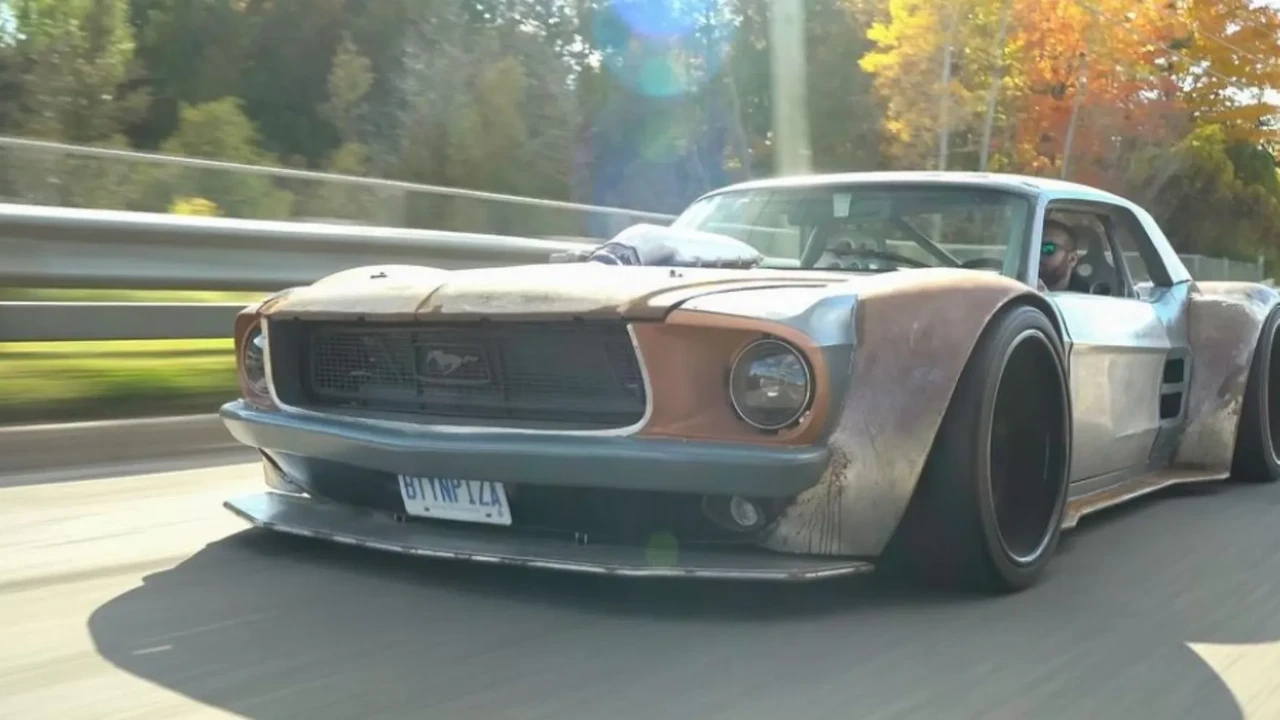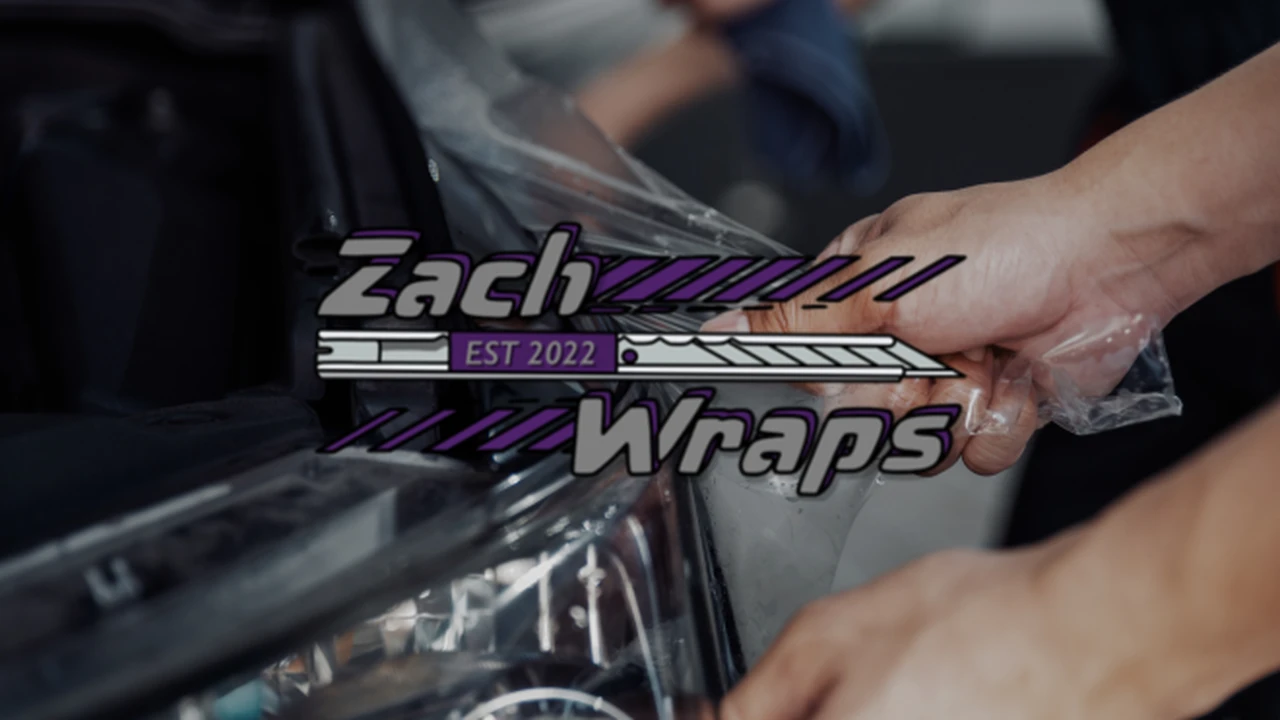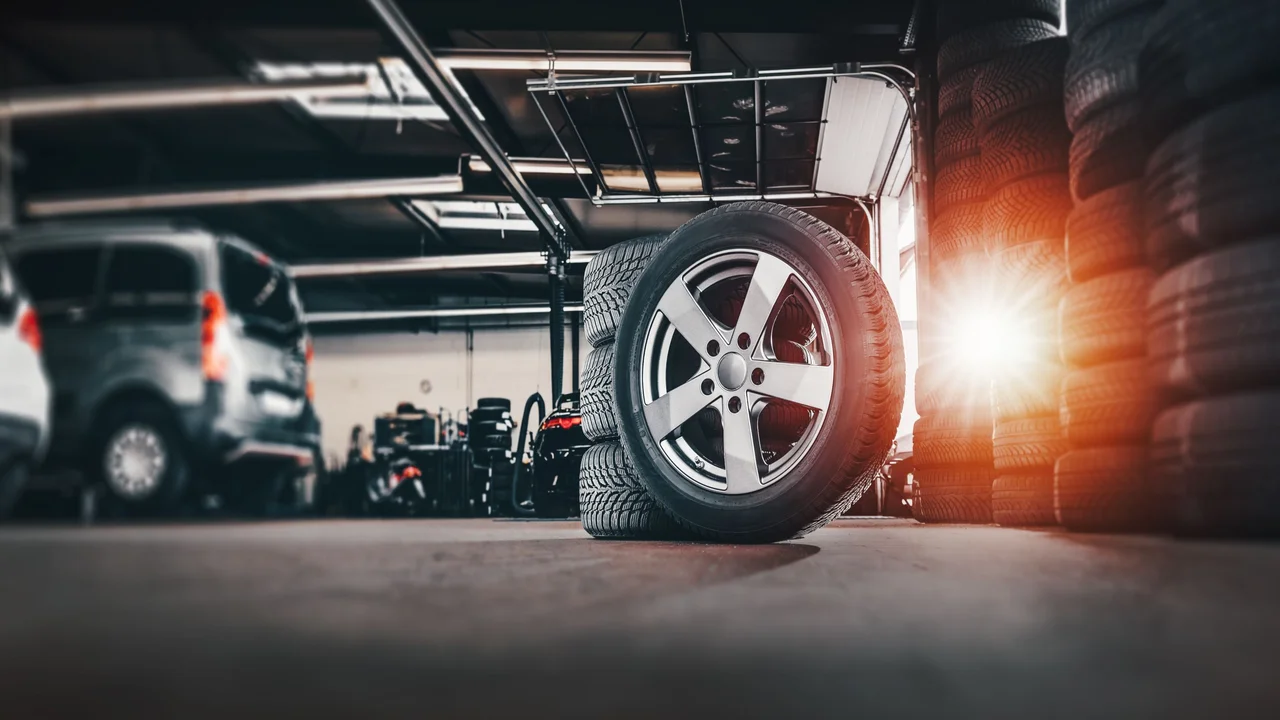Body Kits for Classic Cars: Restoring the Look

Revive the classic look of your vintage car with a custom body kit. We explore options for restoring and enhancing classic vehicles. Give your classic car a fresh new look with a vintage-inspired body kit.
Why Consider a Body Kit for Your Classic Car Classic Car Body Kit Benefits
So, you're thinking about slapping a body kit on your classic ride? Awesome! But before you go wild, let's talk about why this is even a good idea. For starters, a body kit can seriously amp up the visual appeal of your vintage beauty. We're talking about turning heads and making jaws drop. A well-chosen kit can accentuate the original lines of your car, making it look even more stunning than it did back in the day.
Beyond looks, body kits can also offer some practical benefits. Some kits are designed to improve aerodynamics, which can lead to better handling and even a slight boost in fuel efficiency. Plus, a body kit can offer an extra layer of protection against dings and scratches. Think of it as a stylish suit of armor for your classic car.
Things to Consider Before Buying Choosing the Right Body Kit for Your Classic
Alright, you're sold on the idea of a body kit. Now comes the tricky part: choosing the right one. First, you need to think about the overall style you're going for. Do you want to maintain a classic look, or are you aiming for something more modern and aggressive? There are body kits that cater to both styles, so it's important to have a clear vision in mind.
Next, consider the quality of the materials. Fiberglass is a popular option because it's relatively affordable, but it can be prone to cracking and damage. Polyurethane is more durable and flexible, making it a better choice for cars that are driven regularly. Carbon fiber is the most expensive option, but it's also the lightest and strongest. Think about how you use your car and choose a material that can handle the wear and tear.
Finally, make sure the body kit is specifically designed for your make and model. A universal kit might seem like a good deal, but it's unlikely to fit properly and could end up looking awkward. Do your research and find a kit that's designed to complement the lines of your classic car.
Popular Body Kit Styles for Classic Cars Classic Body Kit Styles
Okay, let's dive into some specific styles. We have to find the right kit for you, right?
- Restoration Kits: These are designed to bring your classic car back to its original glory. They often include replacement panels, bumpers, and trim pieces that match the original factory specifications. If your car is looking a little rough around the edges, a restoration kit can be a great way to bring it back to life.
- Enhancement Kits: These kits take the original design of your car and subtly enhance it. They might include a slightly more aggressive front spoiler, side skirts, or rear diffuser. Enhancement kits are a good option if you want to add a touch of modern style without sacrificing the classic look of your car.
- Custom Kits: For those who want to make a statement, custom body kits offer the ultimate in personalization. These kits can include everything from widebody fenders to completely redesigned front and rear ends. Custom kits are a great way to express your individual style and create a truly unique classic car.
Recommended Products and Use Cases Classic Car Body Kit Recommendations
Let's get specific. Here are a few body kits and products that are making waves in the classic car restoration scene:
- For the 1967-1968 Ford Mustang: Eleanor Body Kit. This kit is inspired by the iconic Mustang from the movie "Gone in 60 Seconds." It includes a custom front bumper, side skirts, and rear spoiler that give the Mustang a more aggressive and modern look. This is perfect for someone wanting to blend classic charm with modern flair. Expect to pay around $3,000 - $5,000 depending on the vendor and material.
- For the 1969 Chevrolet Camaro: RS Conversion Kit. This kit converts a standard Camaro into the more desirable RS model. It includes a new front grille, headlight doors, and rear taillights. This is a great option for those who want to upgrade the look of their Camaro without making drastic changes. Price ranges from $1,500 - $3,000.
- For the 1957 Chevrolet Bel Air: Tri-Five Body Panels. If your Bel Air has suffered from rust or damage, these replacement body panels can help restore it to its original condition. The panels are made from high-quality steel and are designed to fit perfectly. Pricing varies greatly depending on the panel. Expect to pay $500 - $2,000 per panel.
Comparing Different Products Classic Body Kit Comparison
Choosing between the Eleanor kit and the RS conversion? Let's break it down. The Eleanor kit is all about aggressive styling, modern touches, and a head-turning presence. It's a statement. The RS Conversion is more subtle, focusing on restoring a specific, desirable trim level. It's about authenticity and refined good looks.
Material-wise, consider polyurethane for daily drivers. It's more forgiving than fiberglass. If your classic is a weekend show car, carbon fiber might be worth the investment for the weight savings and visual appeal (though it's definitely a premium choice!).
Installation DIY vs Professional Classic Car Body Kit Installation
Okay, so the kit is ordered and you're itching to get wrenching. Now, the big question: DIY or professional installation? Installing a body kit isn't exactly rocket science, but it does require some mechanical skills and patience. If you're comfortable working on cars and have the necessary tools, you can definitely tackle the installation yourself. However, if you're not confident in your abilities, it's best to leave it to the professionals.
Professional installation can be expensive, but it's worth it to ensure a proper fit and finish. A professional installer will have the experience and expertise to handle any challenges that may arise. They'll also be able to properly align the panels and ensure that everything is securely fastened.
Maintaining Your Investment Classic Car Body Kit Maintenance
You've spent good money on your body kit, so you want to make sure it lasts. Regular washing and waxing will help protect the finish and prevent damage from the elements. Avoid harsh chemicals and abrasive cleaners, as these can damage the paint or clear coat. If you live in an area with harsh winters, consider storing your car during the off-season to protect the body kit from salt and road debris.
Also, keep an eye out for any signs of damage, such as cracks or chips. Addressing these issues promptly can prevent them from getting worse and save you money in the long run.
Legality Issues to Consider Classic Car Body Kit Legality
Before you start modifying your car, it's important to be aware of any local laws or regulations. Some states have restrictions on aftermarket modifications, so it's important to do your research and make sure your body kit is legal. Pay attention to things like bumper height, headlight requirements, and fender coverage. It's always better to be safe than sorry when it comes to the law.
Insurance Considerations Classic Car Body Kit Insurance
Finally, don't forget to update your insurance policy to reflect the modifications you've made to your car. Some insurance companies may not cover aftermarket parts, so it's important to make sure you have adequate coverage. Talk to your insurance agent and let them know about the body kit and any other modifications you've made. This will help ensure that you're protected in case of an accident or theft.
:max_bytes(150000):strip_icc()/277019-baked-pork-chops-with-cream-of-mushroom-soup-DDMFS-beauty-4x3-BG-7505-5762b731cf30447d9cbbbbbf387beafa.jpg)






